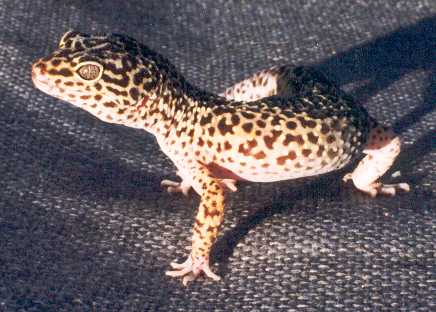Byte2note is a tiny Perl program that will convert any file (binary or text) into a MIDI file in which each note represents a 3 bit tuple of the original file. The resulting MIDI file should resemble music played on a standard 8 note diatonic scale. Interestingly, the conversion is completely reversible in theory, allowing the resulting melody to be converted back into the original data. (the reverse conversion is left as an exercise for the bored hacker.)
byte2note-1.0.tar.gz [9Kb]
Theory
Most data, while intended for use as 8 bit bytes, is stored as a continous string of bits in one form or another:01101010 11001010 01011110
To convert those bits into music, the first step is to break the string of bits up into 3 bit tuples:
011 010 101 100 101 001 011 110
Each of the 3 bit tuples is then evaluated as a numerical value from 0 to 7.
3 2 5 4 5 1 3 6
These values are then mapped onto a diatonic scale at a starting point specified by the user.
F E A G A D F B
Finally the notes are output in the form of MIDI data and can be sent to any standard MIDI device.
Examples
My first test of byte2note was on a short text file containing a Backus Naur diagram of the Ring Tone Text Transfer Language (RTTTL) used to encode cell phone ringtones. Susan describes the resulting music as a deranged Christmas carol.
But you're not limited to text files. This is a photograph of Nimon, a leopard gecko that lives in our house. The photo was scanned and is stored in JPEG format.

The resulting MIDI file is an urgent piece reminiscent of Danny Elfman. Not only might this one actually pass for real music but the real Nimon was quite fascinated by the sound (or vibration?) of it.
And, of course, no experiment in data conversion can be called complete until the infamous decss source code has been tried. We'll call the result decss.mid, an illegal circumvention device in C Major, Opus 3. While it isn't too bad, I recommend consulting a lawyer before listening to it.
Oh, and in case you were wondering, the background music on this web page is this web page.
Future Development
As the examples reveal, the current output, while reasonably music-like, tends to be a bit monotonous. If time allows more hacking on this, I'd like to add a variety of features to make the output more music like while still preserving the original data in a recoverable way. Possible features include:
Links to other odd music generation software
License: All software on this page is Free Software licensed under the GNU GPL.